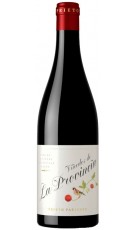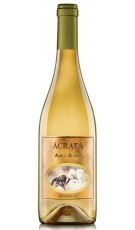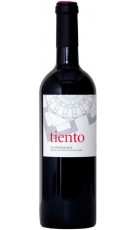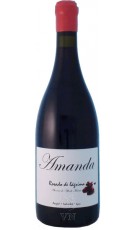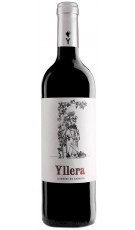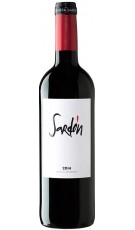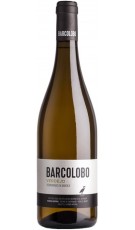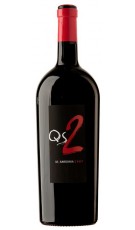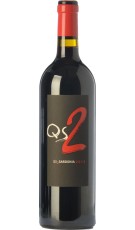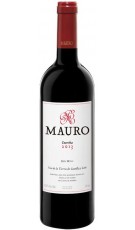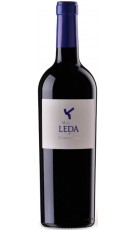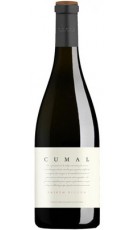Clunia Albillo 2020
White wine made from vines of the native Albillo variety. From the Bocigas estate, located at an altitude of 1,000 metres. At this altitude, the extreme climate shapes the fresh aromas and balanced palate. The thermal amplitude between day and night during the ripening period allows for slow ripening and perfect aromatic preservation.
Prices VAT included
| Color and Appearance: | Elegant and bright greenish-yellow color, with golden reflections. |
| Nose / Aroma: | Fresh aromatic nuances of apricot, pineapple, grapefruit, notes of white flowers and some herbaceous notes. In addition, the subtle aromas of fermentation and aging in barrels give a unique freshness, elegance... |
| Mouth / Flavors: | Fresh and elegant entry, with ample palate that together with its persistent and fruity aftertaste. |
| Recommendations: | Temperature 8 - 10º C |
| Kind of wine: | White Wine. |
| Grape Varieties: | 100% Albillo |
| Vintage: | 2020 |
| Ageing: | By manual harvesting and without the use of presses, only the free-run must is obtained. Fermentation in 500L French oak barrels, in which it remains for 5 months. |
| Alcohol: | 13% vol |
| Formats: | 0,75L y 1,5L. |
| Soils: | Its limestone soils with a high presence of sands and clays help to shape its concentration and typicity. |
BODEGAS CLUNIA

Clunia Winery
In these stony and rugged highlands, centuries ago great civilizations found a place to settle and grow. They knew the virtue of the extreme.
Clunia was born from a dream: to make wines of the highest quality and marked character in a hostile climate. Wines from a land with centuries of experience, an arid and hard land.
The Clunia vineyards began to be planted in the 90s when very few believed in the potential of this unique terroir located around 1,000 meters above sea level. Although the property has approximately 70 hectares in total, not all of them have been planted, since we are convinced that the best way to get to know such a different terroir is to give it time, not to rush.
This is what we have done in Clunia: Today, we only cultivate 20 hectares of Tempranillo, Syrah, Albillo, and Malbec, although the incorporation of new plantations is planned, which will give a final figure of 32 hectares.
All this was done calmly and patiently, with great dedication to the land and low performance, as proven by its low production of 42,000 bottles per year between the three Clunia wines. At a high altitude, and surrounded by mountains that send their winds over the Plateau, the Clunia vineyards strive to survive the inclement weather, the harsh summers and the no less extreme winters, the marked temperature contrasts between the day and night. Rooted in a limestone soil, with good drainage and the presence of clays, sands, and limestone rocks that vary depending on the estate, the vines resist the rigorous frosts of this microclimate, the icy winds and the scorching heat, seeking sustenance in the bowels of the earth.
And so, when autumn arrives and the end of the ripening period, the grapes reflect their history and the effort of the vineyard that saw them born, giving rise to wines of great aromatic concentration, freshness and structure, elegant, full-bodied and ripe tannins.
Featured products

(+34) 91 129 11 11
(+34) 638 458 218
- Brandy
- Cognac
- Gin Premium
- Ron
- Whisky
- Denomination of Origin
- Winery


























